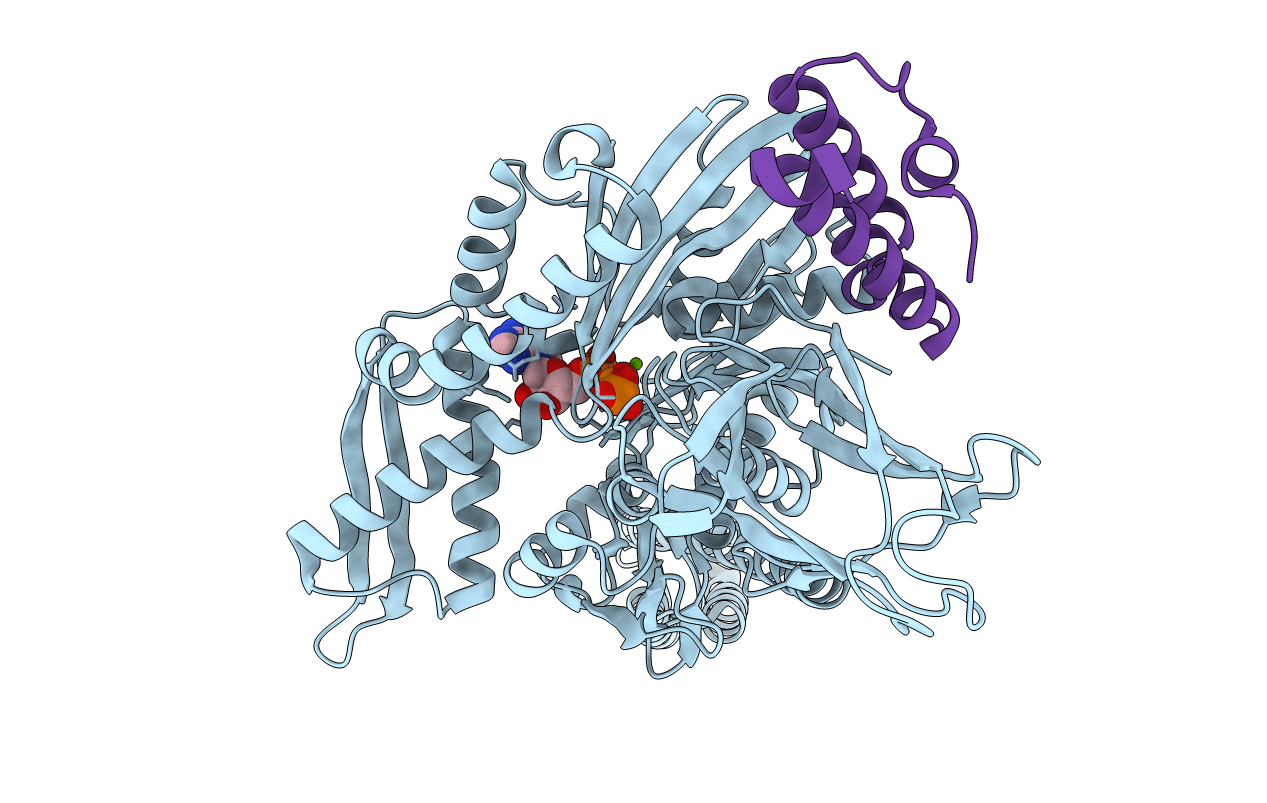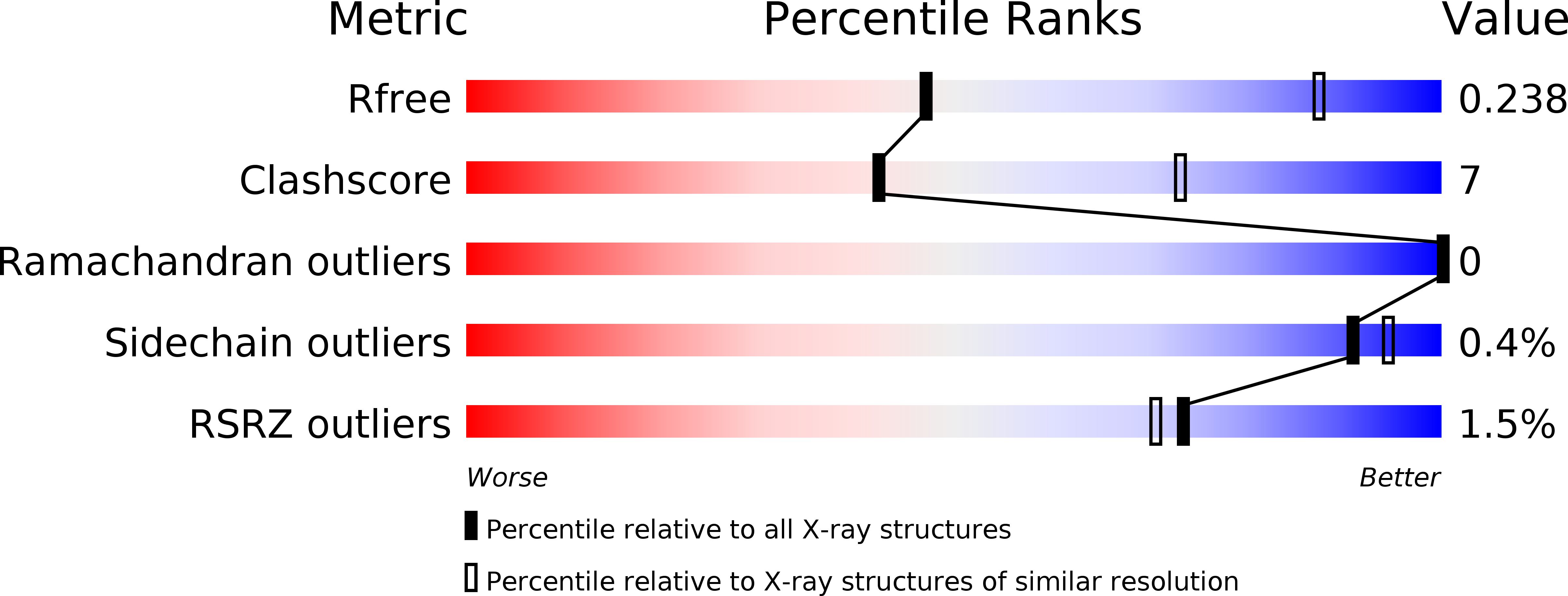
Deposition Date
2017-04-25
Release Date
2018-01-17
Last Version Date
2024-11-06
Method Details:
Experimental Method:
Resolution:
3.25 Å
R-Value Free:
0.23
R-Value Work:
0.21
R-Value Observed:
0.21
Space Group:
P 62 2 2


